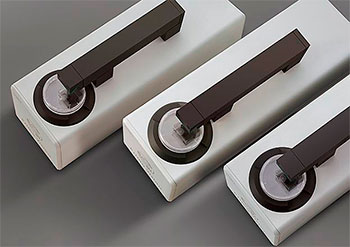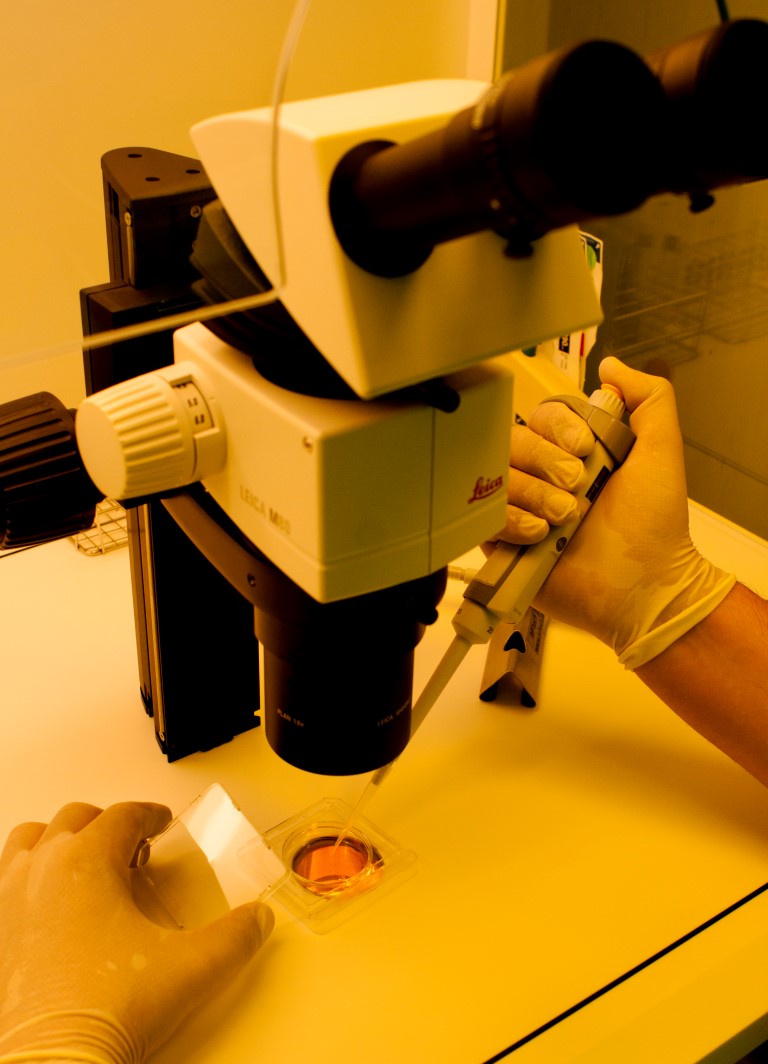Time Lapse Incubators

What is Time Lapse Primovision?
Time Lapse is a modern technology that enables the laboratory personnel to observe the embryos inside the incubator. With this technique a computer overlaps the images and generates a film showing the development of the embryo over time. In our laboratory we have Primo Vision equipment developed by the company Vitrolife.
Basically, having a film of the development provides us with more information, which improves the selection of the embryos to be transferred and, therefore, gives better possibilities of pregnancy. With this extra information we can detect morphological anomalies in the embryo that might otherwise go unnoticed.
Indications
Couples with a history of miscarriages.
Couples with repeated implantation failures.
Benefits of Time Lapse Primovision technique
It favours transfer of a single embryo.
This technique allows us to select embryos that meet a certain criterion, regarding cell division times and suitable morphological patterns.
We obtain high pregnancy rates.
The number of multiple pregnancies is greatly reduced.

Frequently asked questions about reproduction treatments
If you would like more information about our treatments, we are always available to help and answer any of your questions.
How long do I have to wait to start treatment?
How many attempts can I make?
In the case of artificial insemination, here at the clinic we recommend a maximum of four attempts, since 90% of pregnancies occur in the first four cycles.
Regarding In-vitro fertilisation or microinjection, our clinic never makes more than four attempts using these techniques.
In the case of egg donation, it is more difficult to establish a limit, this will normally be determined by psychological and also economic factors.
Can you use these techniques when you have already entered menopause?
In these cases, the reception of eggs from a donor must be used.
What are the biggest concerns of egg or sperm recipient couples?
Another factor that concerns a couple is the health of the donors and the physical resemblance to them.
In our centre, both in the case of sperm donors and egg donors, our goal is to seek that the physical resemblance is as similar as possible to the parents.
Are these treatments expensive?
Clínica Fertia is a pioneer in maintaining an honest and transparent policy. Since 2002 we have published the information of the cost of our treatments on our website.